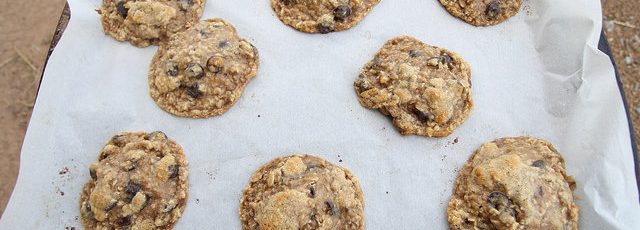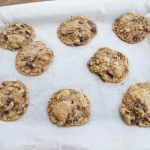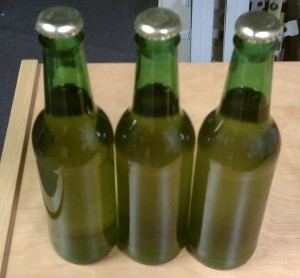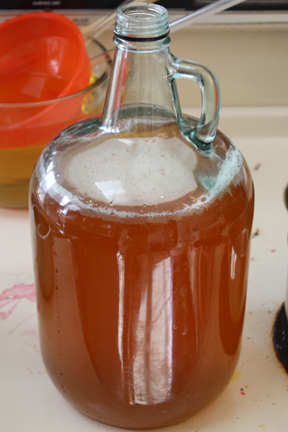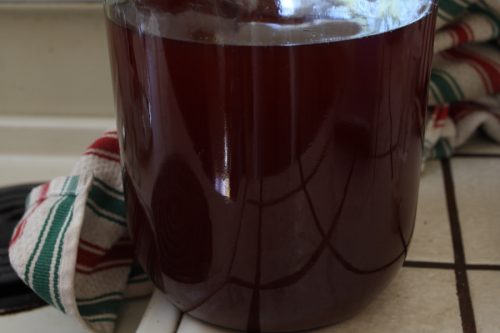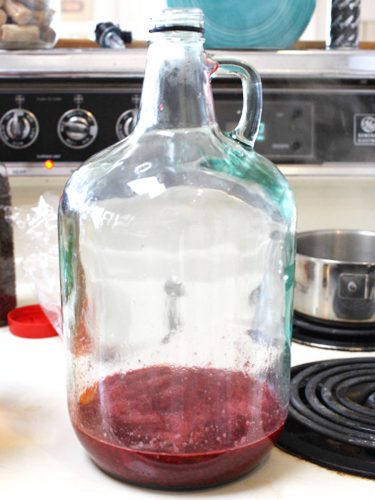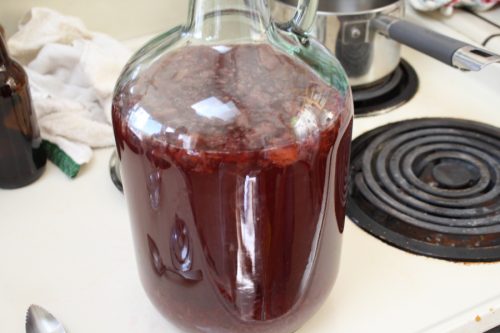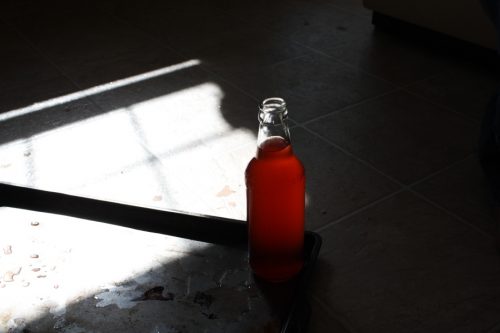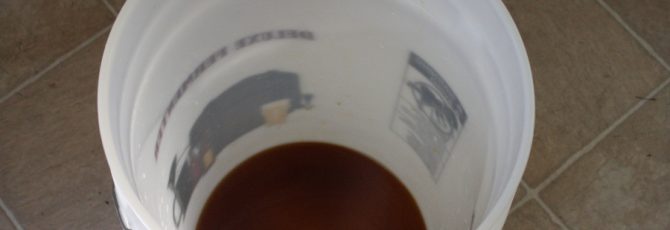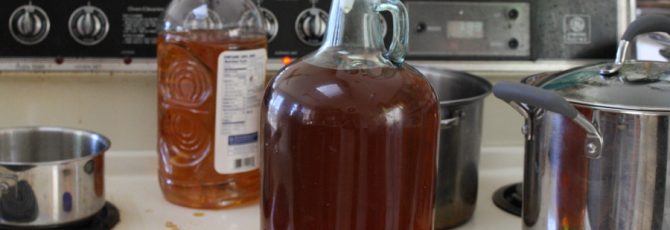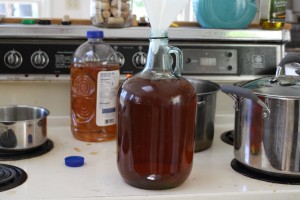There’s one recipe that is passed down through the generations in my family: oatmeal chocolate chip cookies.
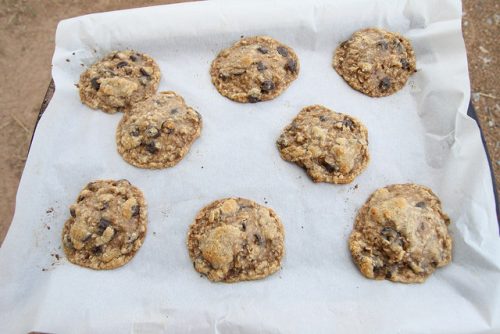
The baked oatmeal chocolate chip cookies, also called the German Slayers.
It’s such a simple recipe, and yet, it creates the most delicious cookies, but after years of baking them in a multitude of states, jobs, ovens and countries, I have found a few tips, tricks and tweaks to make them just a little bit better.
There is one caveat with my cookies. They’re not pretty or picture perfect. They are delicious.
I first started perfecting the recipe when I lived as an au pair in Dresden, Germany. While my German guest family had heard of cookies, nothing like the American confection existed.
The bakeries had dark breads, black breads, tart breads, thick breads, thicker breads and nut breads but no cookies. Nothing even came close.
These oatmeal chocolate chip cookies, which I lovingly refer to as German slayers, took them by storm.
In addition to being an au pair, I was also going to a language class every day with students from around the globe, including Europe, Asia and the middle east. To most of them, the cookies were a novel experience.
Baking these cookies in Germany was a lot harder than should be expected. Brown sugar didn’t exist so I had to substitute molasses, since there were no chocolate chips I had to cut them off of large blocks of baker’s chocolate and imitation vanilla came in tiny vials.
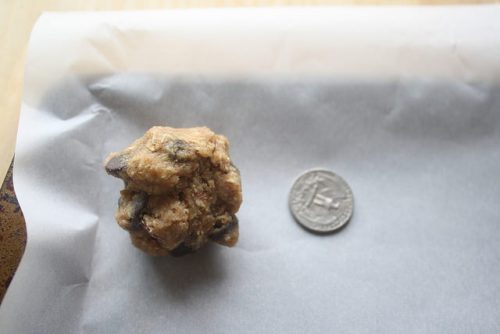
Rolled-out cookie before baking. Quarter for size comparison.
White flour, too, was complicated. Germans have plenty of flour but plain white flour is not one of them. Eventually, I shifted my flour use to whole wheat, which is the first change I’ve kept.
Whole wheat flour gives the cookies a little more texture and a slight nutty flavor. Sometimes it’s desirable and sometimes it’s not.
Next, I experimented with spices to match the cookies to the hot mulled wine served in winter called Glühwein. That included ground cinnamon, nutmeg, ginger and other spices. In this recipe, I’ve listed them as optional. After I came back stateside, I started to add shredded coconut.
Next on the big list of tips is to freeze the batter before baking it. This helps the cookies retain a rounder shape when baked. When taking them out of the oven, they may seem a little undercooked, but once they cook down, they will be nice and soft. I’m also a full convert to the use of parchment paper on baking pans. I don’t know what I would do without it.
Last, I stress that the flour and baking soda should be mixed together before being added to the rest of the batter. That makes mixing everything evenly that much easier.
Guten Apetit!
German-slaying oatmeal chocolate chip cookies
Equipment
- baking sheet
- large mixing bowl
Ingredients
- 2 sticks unsalted butter 250 grams
- 1 cup brown sugar (firmly packed) 232 grams
- 1/2 cup granulated sugar 112 grams
- 1+ tsp vanilla
- 2 eggs
- 1 1/2 cups whole wheat flour 220 grams
- 1 tsp baking soda
- 3+ cups oatmeal 265 grams
- 1 cup chocolate chips 200 grams
Optional ingredients (spices)
- 1 tsp Ground cinnamon
- 1 tsp ground nutmeg
- 1 tsp ground ginger
- 1 cup shredded coconut add with oats
Instructions
- In a medium bowl, mix the butter and sugars together until creamy. Add the eggs and vanilla and mix together.
- In a separate mixing bowl, combine the whole-wheat flour, baking soda and optional spices until well mixed. Add to the bowl of creamed sugars and mix well.
- Add the oats and, if using, shredded coconut to the bowl and mix well. Add the chocolate chips and stir in until combined.
- Refrigerate or freeze for 1 to 8 hours.
- Preheat oven to 350 degrees Fahrenheit.
- Line baking sheet with parchment paper.
- Using a spoon, or hands, make roundish balls of dough, about the size of a half-dollar, and put them on the baking sheet, spaced about an inch and a half apart.

- Bake for eight to 10 minutes.

